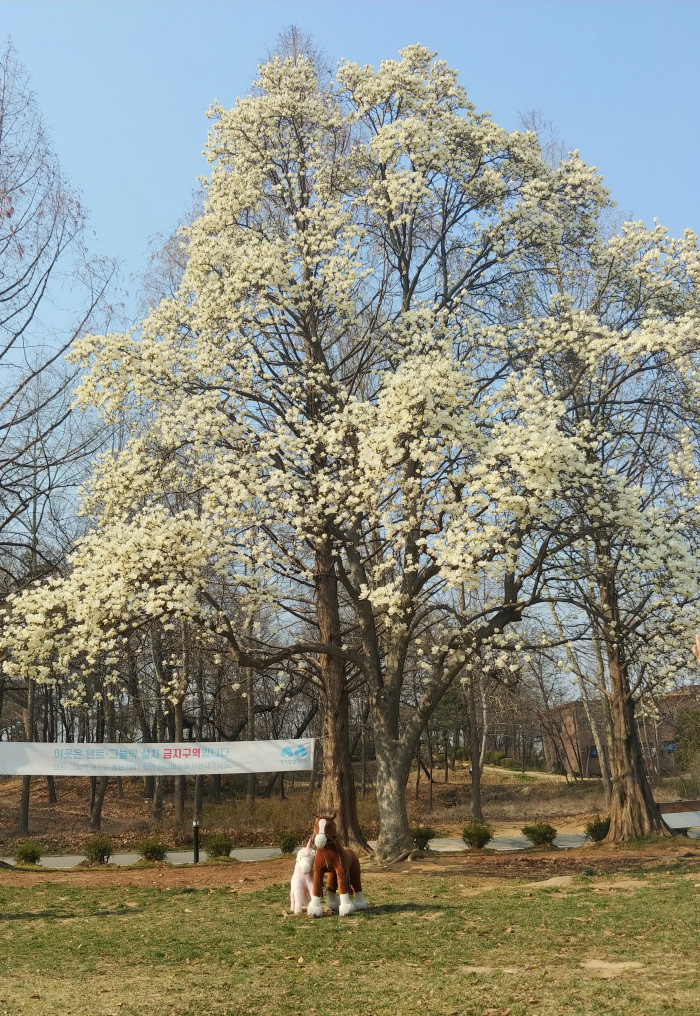경기문화재단
First time to see this type of local magazine!
First time to see this type of local magazine!
Writing: The Center for Gyeonggi Studies, Chief Researcher Seong Tae Kim

『Gyeonggi Studies Square』 4th issue has been published, the quarterly magazine published by The Center for Gyeonggi Studies. We'd like to convey the thoughts which has been generated so far by the executive editor, with the opportunity of the publication of this issue. We want to inform people of a different side of our magazine. The story is to be told, based on the latest 4th issue.
As it is a spring edition, the color of the cover is a fresh and green design. As the year has changed, the cover design has changed from last year's flames concept to a flower concept. We designed this magazine with petals and stems as motifs, hoping it would bloom brightly this year, as fireworks were used to celebrate the first birth in the last year for our inception year. Inserting the names of the 31 cities and counties, we have retained the basic design of placing around 20 topics covered by our magazine in a radial shape. Since we make the editorial positions for this magazine, tremendously expensive paper was used because this is the face of a magazine.
Once the cover is opened, first appears the magnolia that conveys the sense of spring of the Gyeonggi Sangsang (Imaginary) Campus located at the heart of the Gyeonggi Cultural Foundation. This magnolia is both a giant tree and an old tree. It radiates dignity so that readers may think ‘What a big magnolia!’. The reason why this magnolia has been put forward as a sign is that we wish ‘Gyeonggi Studies Square’ to establish strong roots in the land of Gyeonggi-do province and to continue life for a long time as a local studies magazine. This is all the more so, since we have watched the bitter scenes of magazines published by the Foundation that vanished even before having a chance to grow. Of course, we want to show off the long history of the campus and its outstanding environment. From now on, we will continue to introduce the scenery of Sang-Cam, which changes by the season.
Our magazine aims to be an open magazine. Also, we’d like it to be open space where many people are free to post and share information. Furthermore, we wish it to be a space where all kinds of things are presented and friendly people communicate, like a country market place. Therefore, its subjects are diverse and varied.
The authors consist of conventional scholars, local journalists, and local studies enthusiasts. Most of the conventional scholars are part-time lecturers and research professors, and an absolute majority of the local journalists are young Internet journalists, civic journalists working in city & county areas, and former reporters from the cultural department of Meiji newspaper in Gyeonggi-do province. Enthusiasts for Gyeonggi Studies are those people who have submitted interest on the history and culture of Gyeonggi-do province. The nature and goals of the magazine have been clear since the composition of the authors.
This addition includes Village and neighborhood - 4 parts, People of Gyeonggi-do province - 5 parts, Travel Locations - 1 part, Gastroventure - 1 part, Flower and Tree - 1 part, Local History - 4 parts, GoGo News - 1 part, Book Introduction - 1 part, Discussion - 1 part. Though all of them are precious Gyeonggi-do province stories, it is worth reading stories, such as Seoksil Village in Namyangju, which was a hotbed of Andong Kim clan’s power (traditional village), Eon-pil Hong Family of Namyang Hong clan Munhwagong in Hwaseong City (Residing village), a small foreign country inside of Korea, Ansan Wongok-dong Multicultural Street (Unique Zone), Young-keuk Lee, a native of Goyang City, The life of adults and Our Modern History (native beat), Sang-gu Han, a ceramic craftsman preserving Korean porcelain (One way life), Hanam Donggyeongju Sanchae namulbap (rice with vegetables, a taste of Gyeonggi-do province), The Incident of Patriotic Singing House of Hanyoungseowon Confucian Academy in Kaesong and the 3.1 Movement (History Information), The Joy and Pain of Regional Research (Gyeonggi Studies Column), A Study on Geumpyobi of Yeonsan-gun (Thesis Introduction), and the Administrative Changes of Gyeonggi-do in the Joseon Dynasty (Discussion of Gyeonggi Studies)


The editor’s top pick is ‘Sang-gu a ceramic craftsman preserving Korean ceramics’ by Sook-hyun Park, the president of Yongin Newspaper. Perusal is highly recommended. I’m sure you'll be able to meet the true master craftsman of this land. I've read a lot about craftsman Sang-gu Han and I know him well, but I've never seen anything better than president Park's interview. I’m sure you’ll feel a little bit about what the true image of a traditional artisan was, what attitude and how to write a character interview article and what the local studies magazine has to do.
For reference, as overall stories in regards to 『Gyeonggi Studies Square』 the 4th issue had already been introduced by Lee Jihun, the chief of the Gyeonggi Studies Center, in Gyeonggi Studies News-2 (April 6th, 2020), I added a few words from the editorial staff's point of view. The original text can be seen at 'Gyeonggi-do Memory' of Gyeonggi-do Cyber Library. If you’d like to subscribe, inform us of your address and phone number by sending it to the editor (kst9796@hanmail.net) and we will send, starting from the next issue.
For more information on Gyeonggi Studies Communication? [Click here] |
<ggc의 모든 콘텐츠는 저작권법의 보호를 받습니다.>